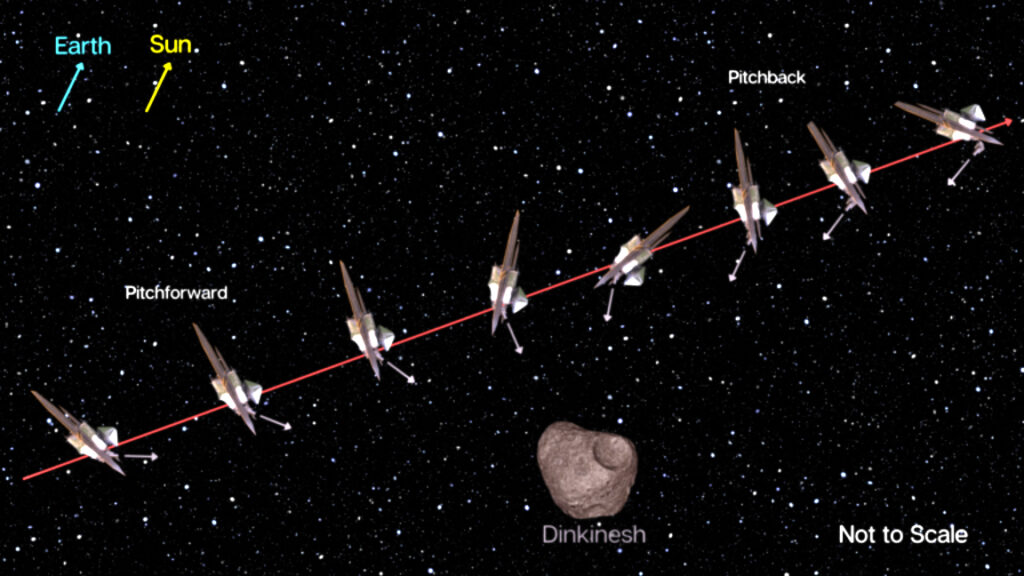
Space-based mining has long been viewed as one of the most profitable aspects of the NewSpace Economy — observers and analysts have suggested the minerals mined from asteroids could represent a nearly $2 trillion dollar opportunity. The reality is there are very few (if any) economic models to understand the return on investment (ROI) or breakeven point for space-based mining.
NASA’s recent missions to understand the make-up of near-earth asteroids has given us some insight into the costs of space-based mining. What is clear to us is for the foreseeable future is that space-mining, with the intent of returning minerals to Earth, will not be a profitable venture.

What is equally clear is that space-mining will be required to propel the NewSpace economy forward. Leveraging on-orbit and off-world manufacturing to reduce the cost of space-based infrastructure will require resources that can be acquired in space further reducing costs. Our recent report on lunar habitation exposed two hard truths that we need to understand to fully realize the potential economics of space mining:
The cost of launch — even at $10,000 per kilogram the cost of getting to space makes space mining unprofitable
The impact on cost — returning rare-earth minerals to earth from space could have an unforeseen impact on the supply side of the market, reducing prices and further impacting profitability
What we do see is that long-term human habitation in space will require the use of materials acquired in space. On-orbit recycling and manufacturing would reduce orbital debris and reduce the cost of satellite operations by repairing or reusing systems.
Over the next decade there are many hurdles to overcome but we are confident that space-mining will play an important, and profitable, role in the NewSpace economy; however, the ROI for mining resources and returning them to earth is at least 15-20 years away.
Article author: Joe Reagan, President, NewSpace Global
